About 10 kilometers to the east of Mumbai, lies the island of Elephanta. A true example of Hindu cave culture, it consists of seven caves which can be divided into two groups. The first is a large group of 5 Hindu caves while the second is a smaller group of two Buddhist caves. The Hindu caves are the glorious abode of Lord Shiva. Nominated as a UNESCO World Heritage Site in 1987, this unique island is not only a worthy destination in itself, but it also provides a great view of Mumbai’s skyline and is a perfect escape from the chaos of the city.
The origins of these temple caves is still quite vague, though there are believed to date back to about the 7th century. The island was originally a Hindu place of worship and was called Gharapuri, until the Portuguese rule began in 1534. They renamed it Elephanta after they found a large stone statue of an elephant near their landing place. Unfortunately, the figure collapsed in 1814 and has been reassembled and placed in the garden outside the Bhau Daji Lad Museum at Jijamata Udyan in Mumbai. Moreover, many of Elephanta’s priceless statues were damaged or destroyed by the Portuguese, who apparently used the Hindu gods for target practice.
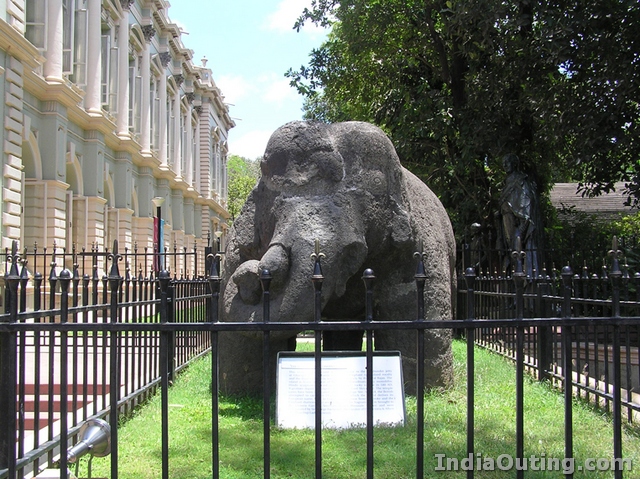

One enters the caves through the main northern entrance to a massive hall which is supported by large pillars. The caves are felled from solid basalt rock. All caves were painted in the past but now only traces remain. The most notable cave among them is Cave 1 or the Mahesamurti cave. It is a rock cut temple which is enormous in size covering an area of 60,000 feet supported by a row of six columns each.

The main temple consists of a large pillared hall and a freestanding shrine at the west end of the hall. The huge Mahesamurti statue is housed in the massive hall. At a height of 6.3m, this impressive sculpture depicts Shiva in his three-headed aspect: as Creator (facing right), Protector (the crowned face at the center) and Destroyer (facing left, with serpents for her). Other sculptures near the doorways and on the side panels celebrate Shiva’s accomplishments. What makes this sculpture all the more remarkable is that in spite of Shiva’s multiple actions, this work of art still conveys a sense of grace and peace. The temple consists of a main chamber, two lateral chambers, courtyards and subsidiary shrines. Is it the residence of Shiva.
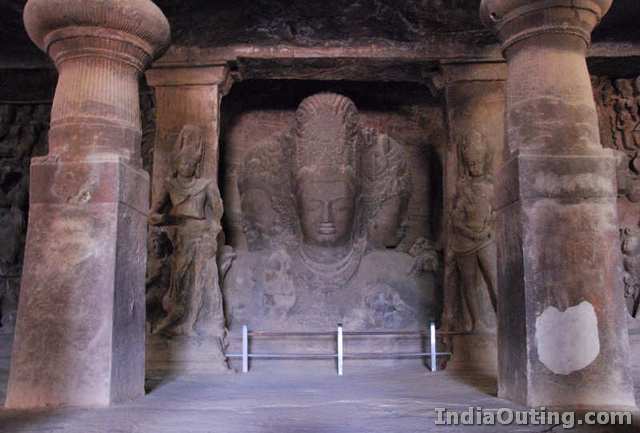
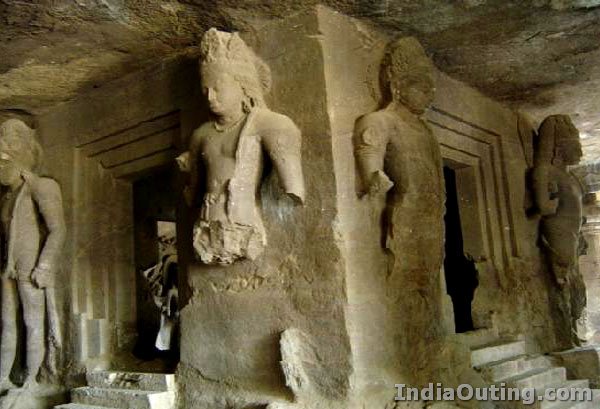

On the eastern side of the island is the Stupa hill. It gets its name from the religious Stupa monument that the caves display. This is where the caves which house the Buddhist monuments are located. One of the two caves is incomplete, while the other contains a Stupa made out of brick.
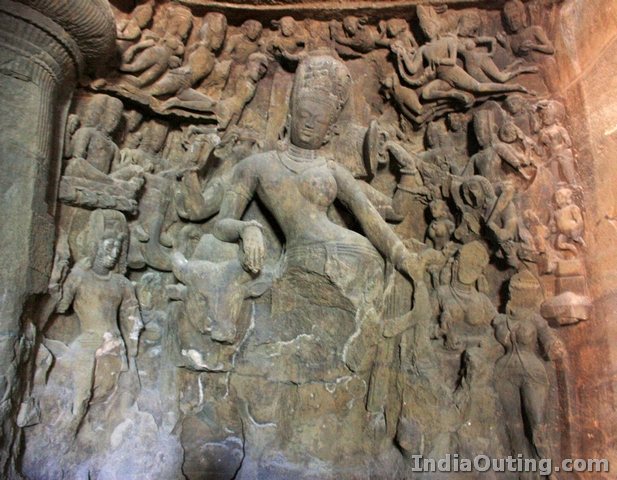
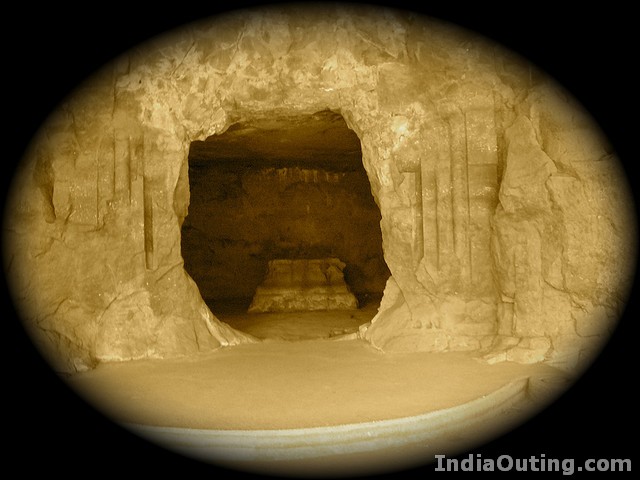
An outstanding dance festival is held at the Elephanta caves every February, hosted by the Maharashtra Tourism Development Corporation (MTDC). The best time to visit this island is between November and March.
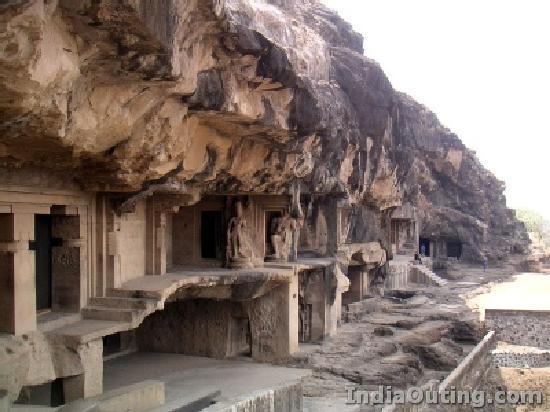
1 comment:
Nice images, it is like taking a small tour of the famous Elephanta Caves. These caves were fine piece of ancient Hindu rock cut cave art. These caves were included in the list of World Heritage Sites list in 1987. These is debate about the original developer of these caves because these caves were brutally damaged by the Portuguese solders. They've also removed the inscription which has information about the developer of these caves. for more information about these caves visit www.indiahistoricalplaces.com/elephanta-caves/
Post a Comment